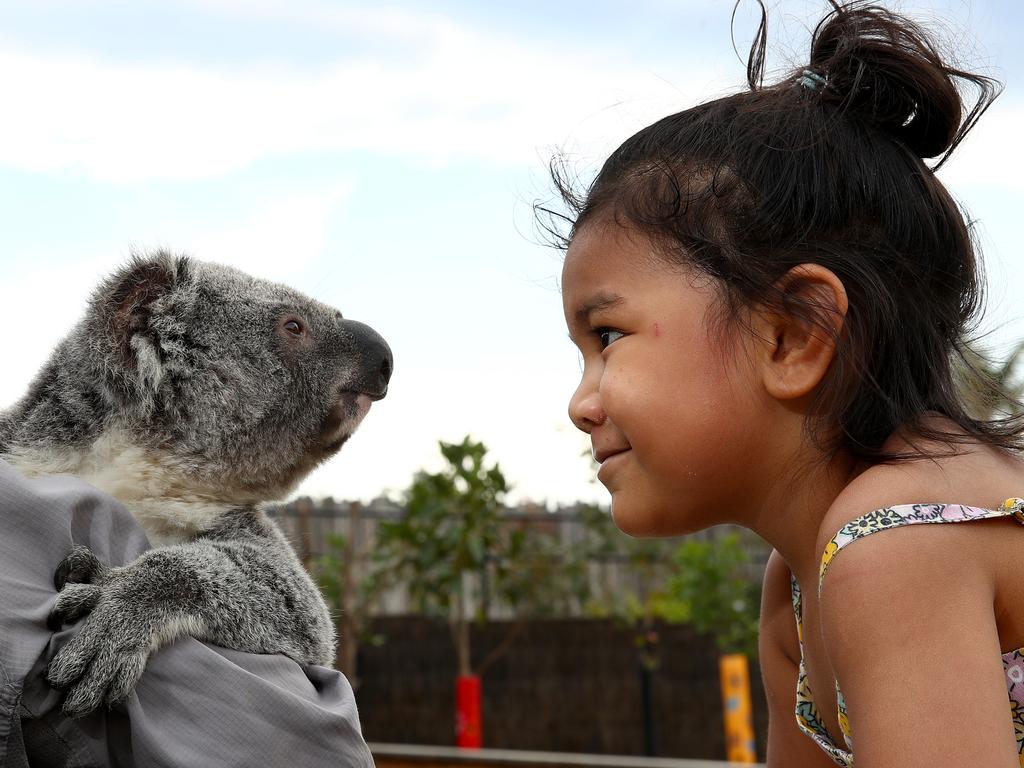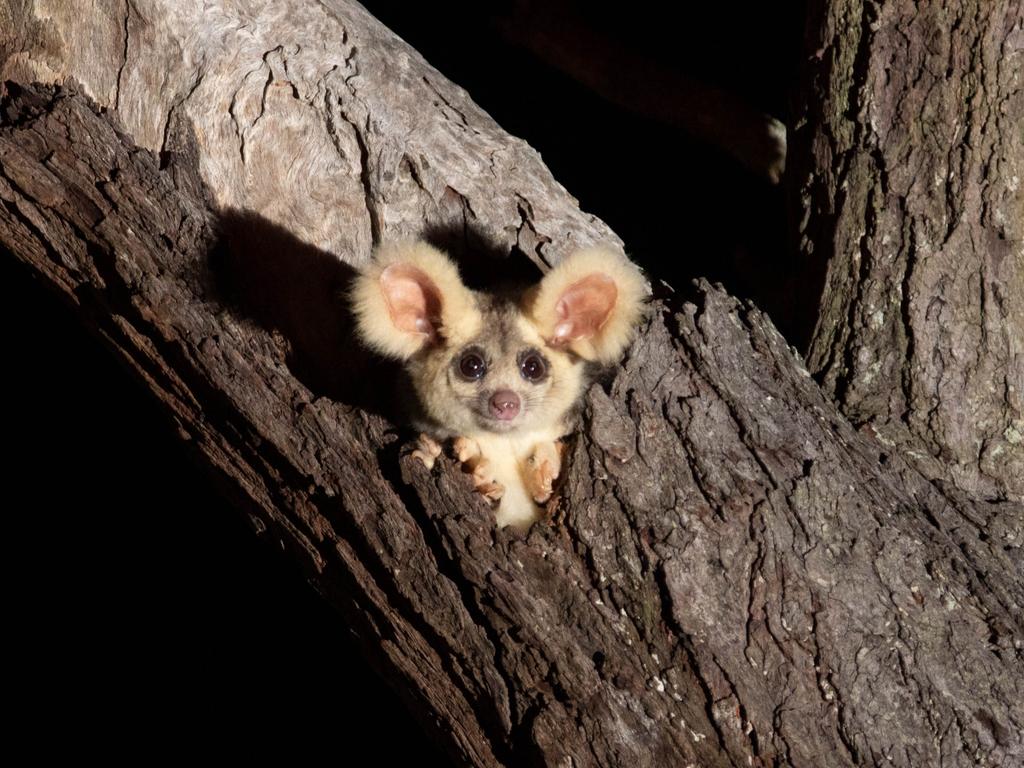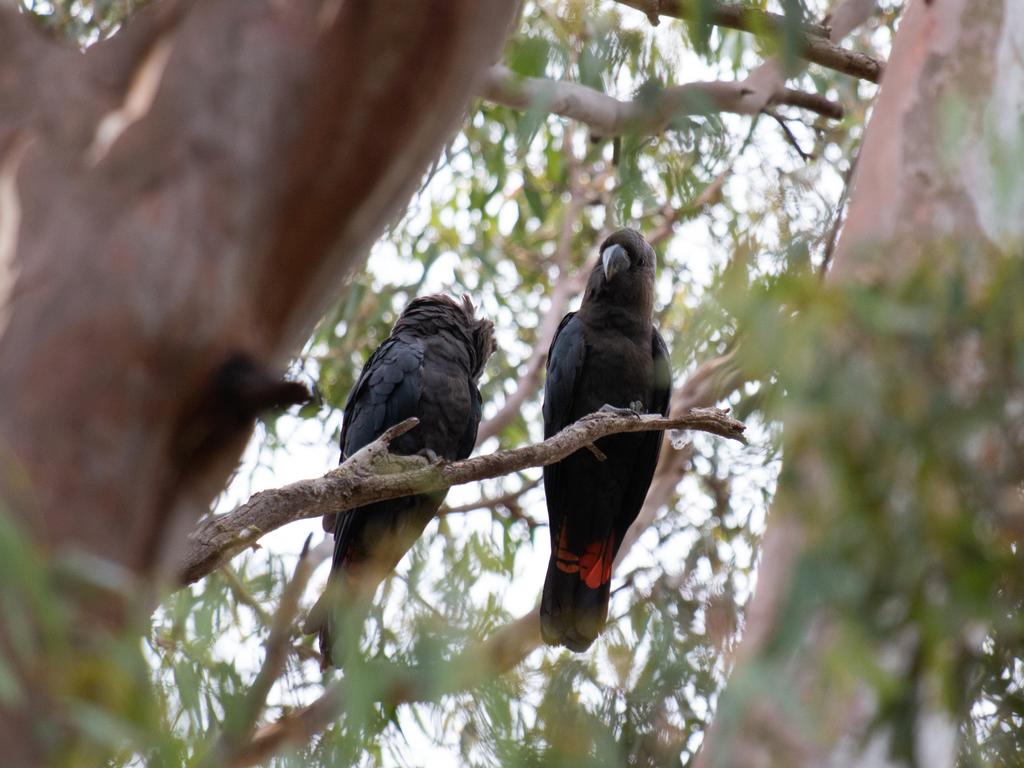How we can save our wildlife from extinction
Environmental protection laws have done little to save Australia’s wildlife. But a shake-up proposed by an eco supergroup could help turn things around.
Australia’s environmental protection laws have failed.
It’s a sombre message backed by harrowing statistics and on National Threatened Species Day (September 7) The Places You Love Alliance – an environmental supergroup of more than 60 member organisations – have demanded change.
Headed by the World Wildlife Fund Australia, the Australian Conservation Foundation, the Wilderness Society, BirdLife Australia and Humane Society International, the group have called for an independent watchdog and consistent national standards to steer national threatened species away from extinction.

It comes as the Federal Government’s controversial Environment Protection and Biodiversity Conservation Amendment (Streamlining Environmental Approval) Bill 2020 passed through the House of Representatives on Thursday.
The Australian Conservation Foundation CEO Kelly O’Shanassy said Environment Minister Sussan Ley was weakening the EPBC Act by handing decision-making to states and territories.
“The nature laws were put in place 20 years ago and since that time, threatened species’ habitats – the places where they live – has been destroyed, not protected,” Ms O’Shanassy said.

“Over seven million hectares of habitat in that 20 years has been destroyed. That’s an area bigger than Tasmania.
“Devolution of decisions to the states and territories could decrease the efficiency of the processes. You need an independent regulator at a federal level to ensure the laws are enforced.”

She said even before an estimated three billion animals perished or were displaced as a result of summer’s horrific bushfires, our wildlife numbers were dwindling.
“Australia has one of the worst extinction records on earth and has nine species with less than 1000 animals left in the world,” Ms O’Shanassy said.
“We know most is a result of clearing forests, destroying their natural habitat. I use the word destruction, I don’t use the word loss. It hasn’t been lost, we didn’t misplace it, it was destroyed.
“If we allow our government to continue to weaken laws, Australia will look very different in 20-30 years and we don’t want that for our kids.”

Ms O’Shanassy said the ACF delivered its largest petition in the foundation’s 55-year history to the Prime Minister and Minister Ley last week, signed by almost 410,000 Australians who disagree with the Government’s “move to weaken our national environment law”.
Australia became the first place on earth to have a mammal, the Bramble Cay melomys, reported to become extinct due to climate change in 2016. Habitat loss along with rising temperatures are pushing many more – like the iconic koala, northern hairy-nosed wombat and the numbat – to the brink.

A spokesman for Minister Ley said the single touch approvals in the new Bill would reduce regulatory burden, promote economic activity and create certainty around environmental; protections.
“The Government will continue to work with both Labor and Liberal States and Territories to deliver environmental reform that everyone agrees is necessary,” the spokesman said.
“There will be more reforms to follow. We will develop strong Commonwealth-led national environmental standards which will underpin new bilateral agreements with State Governments.”

Sydney Zoo Managing Director Jake Burgess said our natural world was suffering significantly following recent bushfires.
“Sadly, there are a number of unique Australian species under constant threat,” he said.
“Koala populations, in particular, have seen a dramatic decline due to growing habitat loss, human impact, and more recently the catastrophic bushfires. To prevent extinction, raising awareness of the threat our native species are facing is more crucial now than ever.”



